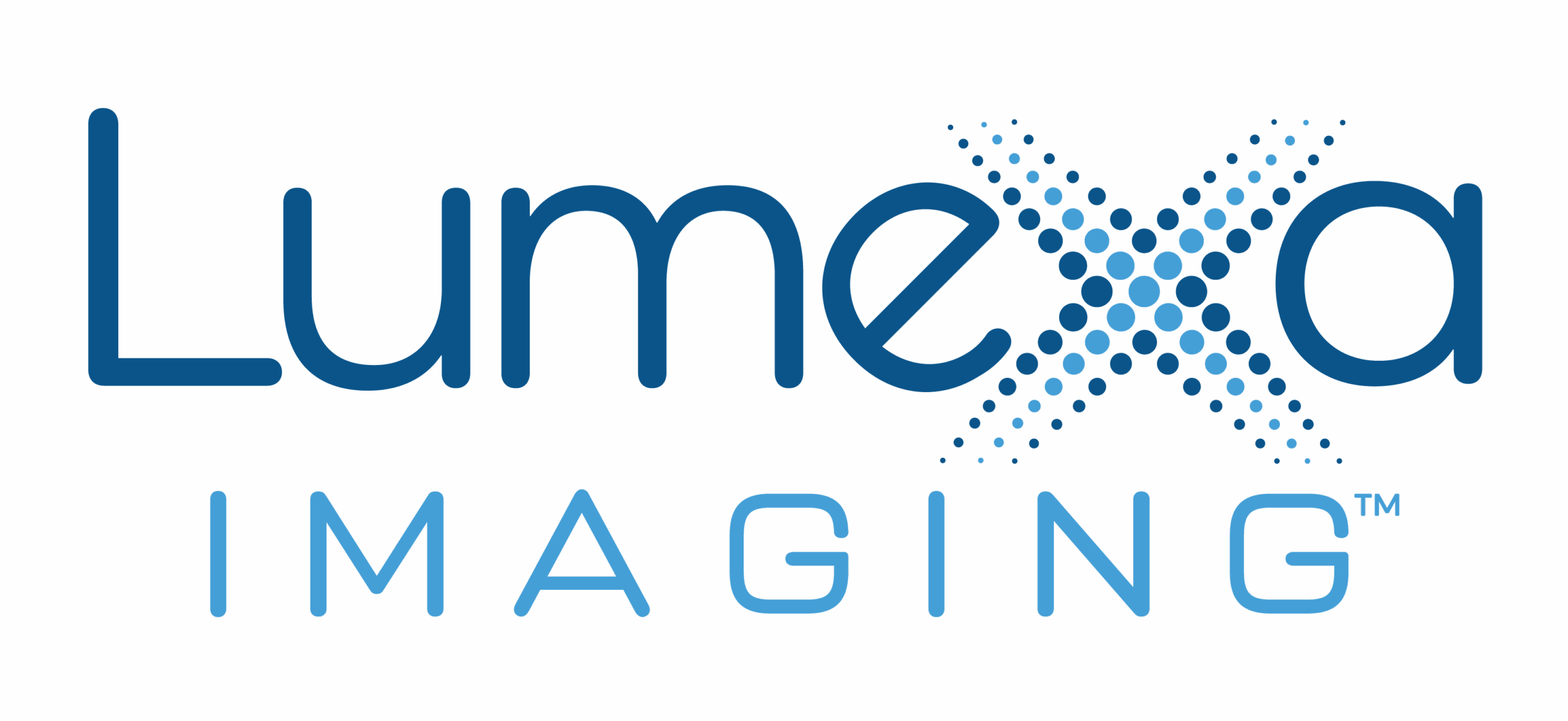If you are a woman aged 40 and older, you probably know that annual breast cancer screening is an essential part of taking care of your breast health. Annual 3D mammography, or digital breast tomosynthesis, is clinically proven to detect breast cancer early and save more lives and is Charlotte Radiology’s standard of care for all patients. For some women, supplemental imaging may also be beneficial to help further capture and characterize changes in breast tissue over time. Women who meet certain criteria — like having dense breasts or other risk factors for breast cancer — may elect to get a screening breast ultrasound (SBU) in addition to 3D mammography. SBU does not replace mammography. Rather, it is a supplemental imaging exam that provides additional information to complement the mammogram and aid early detection of breast cancer.
The Benefits of 3D Mammography
Expert guidelines recommend that women aged 40 and older who are at average risk for developing breast cancer get a screening mammogram every year. Annual 3D mammography starting at 40 has been clinically proven to detect breast cancer in its earliest stages, saving 40% more lives. 3D mammography creates multiple images, or “slices,” of the breast from different angles, forming a 3D reconstruction, allowing radiologists to view breast tissue in layers. This advanced imaging offers many benefits, including:
- Breast cancer detection at earlier stages, typically requiring less invasive treatment and improving patient outcomes, including survivorship
- Improved image quality and greater accuracy in identifying even the smallest changes in breast tissue; 3D mammography can detect some breast cancers up to three years before a lump can be felt
- Reduced number of patient recalls, false positive findings and benign biopsies, which lowers anxiety for patients and reduces costs of care
- Annual 3D mammography is typically covered 100% by most insurance plans for women ages 40 and up
Read More: New CISNET Study Confirms Starting Annual Screening Mammograms at 40 Saves More Lives
When Is a Screening Breast Ultrasound Needed?
For some women, doctors may recommend supplemental imaging with screening breast ultrasound (SBU) in addition to a 3D screening mammogram. Breast ultrasound technology uses sound waves to capture detailed images of breast tissue and can detect some cancers that cannot be seen clearly on a mammogram, especially for women with dense breasts. Dense breast tissue can make seeing abnormal areas on a mammogram difficult because dense tissue appears white on imaging, just as breast cancers do. Additionally, women with dense breasts have an increased relative risk of developing breast cancer compared to those with fatty breasts. Approximately 50% of the female population falls into the dense breast category.
A screening breast ultrasound can sometimes be performed in addition to a 3D screening mammogram during the same visit. Alternatively, it can be ordered by a physician as a supplemental screening following an annual mammogram as a separate follow-up visit. Women can also elect to have this additional screening on their own. However, a physician order is required, and certain criteria may need to be met for the SBU to be covered in part by insurance. This type of supplemental breast imaging provides additional information that complements a 3D mammogram. Patients who meet the following criteria might benefit from supplemental screening with breast ultrasound or MRI:
- A negative mammogram within the last 12 months, meaning no cancer or other issues found
- Dense breast tissue identified on a mammogram (category C “heterogeneously dense” or category D “extremely dense” on the Breast Imaging Reporting and Data System scale)
- One or more risk factors for breast cancer:
- Family history of breast cancer
- History of breast biopsy showing atypical ductal hyperplasia (ADH), atypical lobular hyperplasia (ALH), lobular carcinoma in situ (LCIS) or other atypical pathology
- Personal history of breast or ovarian cancer
Supplemental screening, including screening breast ultrasound, has demonstrated cancer detection above 3D mammography in patients with dense breasts and other risk factors.
Types of Supplemental Screenings
Different types of supplemental screening modalities are available for women who meet certain criteria, including breast density and other risk factors. Your physician can help you understand your risk and help develop a breast health screening plan that is right for you.
- Screening breast ultrasound (SBU): uses sound waves to scan the entire breast without compression. A handheld wand, called a transducer, moves over the skin of the breast. It sends out sound waves and picks up echoes, bouncing off tissue under the skin. The echoes are translated into pictures on a computer screen with the images captured.
- Automated breast ultrasound (ABUS): Charlotte Radiology offers ABUS, specifically designed to detect breast cancer in dense breast tissue where it may appear less visible on a mammogram. ABUS uses a larger transducer or handheld paddle that the technologist hovers over each breast, taking hundreds of images of the entire breast. This advanced scan is typically used for women with dense breasts, in addition to annual 3D screening mammograms.
- Breast MRI: This type of specialized MRI is a highly advanced imaging technology that uses a magnetic field and radio waves to produce images of breast tissue. Powerful magnets take detailed pictures from many angles. Your doctor may order a breast MRI if a change was detected during your 3D mammogram that requires further evaluation. A physician may also order a breast MRI for additional surveillance at 6-month intervals between screenings, especially if you are considered higher risk.
- Abbreviated breast MRI (ABMRI): As the name implies, this is a shorter version of a breast MRI that focuses on the most vital images for early breast cancer detection. Charlotte Radiology offers ABMRI as supplemental screening primarily for women with dense breasts. Patients may opt for this type of MRI, but as with SBU, a physician order is required, and insurance coverage may vary.
Read More: Breast Cancer Risk and Family History: Learn the Facts
Key Considerations of Screening Breast Ultrasound and 3D Mammography
It is important to remember that screening breast ultrasound, including ABUS, is not a replacement for 3D screening mammograms. Rather, it provides additional information that complements mammography results.
The key differences between breast ultrasound and 3D mammography are as follows:
- 3D mammograms employ low-dose X-ray technology and compression, while breast ultrasound uses sound wave technology and no compression.
- Breast ultrasound used in combination with mammography for screening provides another layer of information, particularly for women with dense breasts and other risk factors; breast ultrasound technology can also be helpful in further evaluating specific changes or areas of concern found on mammograms.
- When used in conjunction with mammography, ABUS can improve breast cancer detection rates by more than 35%.
Depending on your mammography results, breast density, health and family history, and other risk factors, your healthcare provider may recommend supplemental screening with breast ultrasound or MRI as part of your breast health plan and can help determine which type of imaging is right for you. When combined with annual 3D screening mammography, supplemental imaging can be an important part of breast health surveillance for many women, providing peace of mind or a path forward with early detection.



